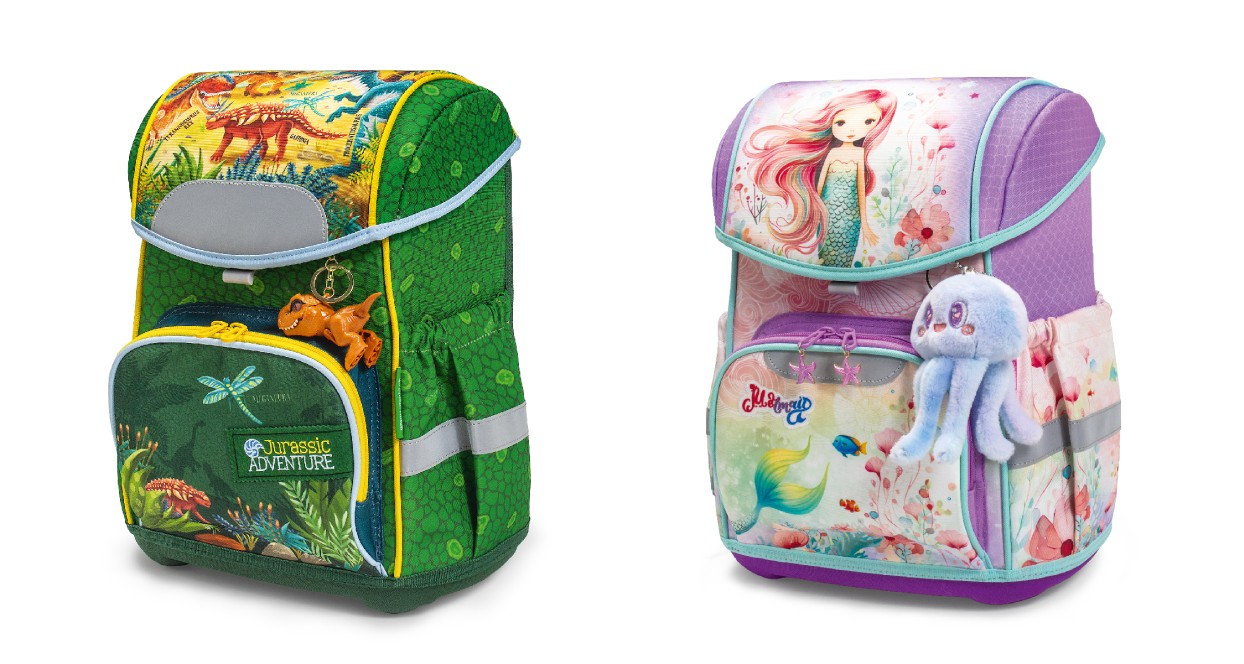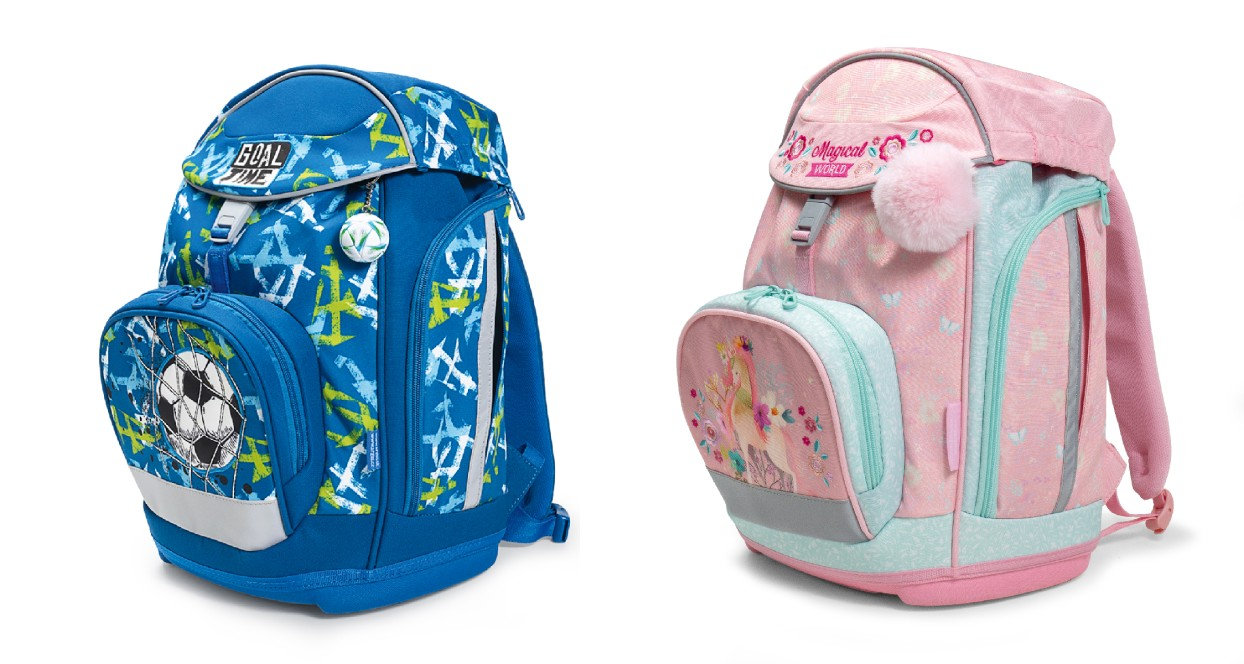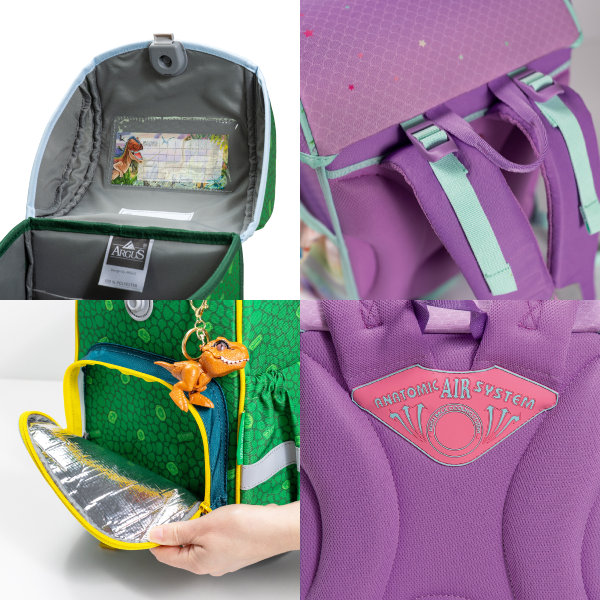So, What Should You Choose – a Backpack or a School Bag?
In today’s digital world, there are countless guides and tips on what to look for when selecting a child’s first school bag. Many parents rely on advice from more experienced friends, watch videos, and study recommendations. Ultimately, the choice depends on the individual child. Experts have established certain guidelines based on a child's height, especially for parents who are unsure about their choice. Let's take a closer look.
On average, first graders are about 120 to 130 cm tall, so the recommended height for a school bag or backpack is between 38 and 40 cm. Taller children may need a higher bag, while shorter ones require a lower one. But what if your child falls in love with a bag that doesn't match these guidelines? Don’t worry! Manufacturers now consider this, and high-quality school bags feature height-adjustable shoulder straps that allow for proper customization.
Characteristics of a School Bag
A school bag is reinforced on all sides, giving it a firm, boxy shape. This makes it ideal for first graders because it maintains its structure regardless of its contents, making it easier for children to organize their school supplies. It typically has one main compartment with multiple dividers for better organization. School bags prioritize ergonomic back support and adjustable shoulder straps. The downside is that they can be slightly heavier than backpacks.

Characteristics of a Backpack
A backpack is softer and more flexible compared to a structured school bag but still emphasizes ergonomic back support and adjustable straps. Most backpacks come with multiple compartments, making them ideal for older children who are already skilled at organizing their school supplies. Their biggest advantage is their lightweight and flexible design, which is especially useful for children who carry extra materials or attend various extracurricular activities. However, single-compartment backpacks are also designed to be suitable for first graders.

How to Recognize a High-Quality School Bag?
When choosing a school bag—whether a traditional structured bag or a backpack—pay attention to the following key features:
✔ 3D anatomically shaped back panel and ergonomic design – Ensures proper posture.
✔ Mesh and padded back panel – Provides ventilation and comfort.
✔ Adjustable ergonomic shoulder straps – Allows for a custom fit based on the child’s body.
✔ Adjustable chest strap with a magnetic closure – Helps distribute weight evenly and improves stability, preventing the straps from slipping off during winter, when children wear thicker coats.
✔ Durable, abrasion-resistant materials – Ensures long-lasting use.
✔ Reinforced bottom – Provides stability and protects contents.
✔ Reflective elements – Improves visibility in the dark for added safety.
✔ Internal compartment for A4-sized materials – Keeps school supplies well-organized.
✔ Side pockets with elastic bands – Offers space for a water bottle or other small essentials.
✔ Front pocket with an insulated lining for snacks – Helps keep food fresh.
✔ Timetable and name tag – Practical features for better organization.
✔ Magnetic flap closure with a secure lock – Ensures easy and safe access.

Final Thoughts
When selecting a school bag, remember that your child will carry it every day. That’s why it’s crucial that it’s not only stylish but also ergonomic and comfortable. Whether you choose a school bag or a backpack, make sure it is high quality and functional, so the daily journey to and from school is as enjoyable as possible!
Kristína Tešedíková
